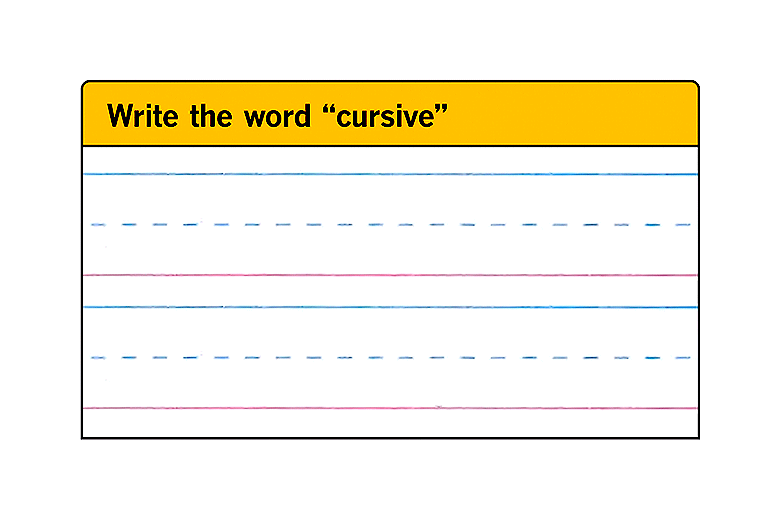Letters: Few People Have the Write Stuff
- Share via
BALTIMORE — A long time ago, the pen was mightier than the sword.
Nowadays, few people are lifting pen to paper, especially when it comes to writing personal letters. We are far from the days when it was common to enjoy correspondence over late, sunny breakfasts on Saturday mornings. The mail is delivered later these days, of course, but the fact remains that the 165 billion pieces of mail delivered each year in this country are mostly bills, advertising messages, periodicals, and little of human interest.
A recent survey found that people listed reading personal letters as their favorite household activity. Yet they also described writing letters as their least favorite chore.
“Letter writing really is a dying art,” says Jean McGarry, assistant professor of writing seminars at Johns Hopkins University.
Adds etiquette expert Letitia Baldrige, author of “The New Manners for the ‘90s”: “Letter writing started to go out in the ‘70s. Now, after 20 years, there is practically nothing left to go out. . . . We are communicating with telephones and fax machines and computers. We are not expressing ourselves. Without letters, what will be left to show of our culture but videotapes of Roseanne Barr? Good God, it’s a calamity.”
The loss of letters is borne out in numbers. In 1977, when the U.S. Postal Service began recording such figures, 7.6% of mail in all classes was sent from one household to another--in other words, personal correspondence. In 1987, such letters dropped to 4.9% of all mail, and in 1988 to 4.5%.
In 1977 the average number of person-to-person letters delivered each week to a household was 1.8; a decade later that figure shrunk to 1.5. In 1988, the average amount of all mail delivered to households for the year was 1,217 pieces. Of that figure, only 59.5 pieces were household-to-household letters, excluding greeting cards.
Statistically, personal letters are decreasing because “we are seeing tremendous growth in the other classes of mail,” says Irene Lericos, Baltimore Division Communications Manager of the U.S. Postal Service. The Postal Service politely calls that other mail “bulk business”; we call it junk mail.
“It’s easier to call someone these days than sit down and write a letter,” says Gary Thomas, a Baltimore mail carrier for more than 17 years. “In the old days there were not as many cars and it wasn’t as easy to get around, so people would write. Now, instead of writing a letter to someone who lives in the next town, people will just drive down there. What we are finding is the personal mail we get is mostly coming from older people because they have more time, or younger people who are more confined to the house--the ones without cars, the teen-agers.” He sees an increase in personal mail around holiday time, but it’s mostly greeting cards, not full-blown letters.
The 19th and early 20th centuries were the golden age of letter writing, McGarry of Johns Hopkins says. People traveled widely and carried tales of their adventures home through letters to friends. Henry James, James Joyce, Franz Kafka and Marcel Proust all wrote amusing and magnificent letters that were the subject of study for scholars.
What are some situations that should motivate a letter, instead of the more mundane phone call?
“If you have a chance encounter and run into someone on the street or in the airport, that’s good enough reason to send a note and get them caught up in the news,” Baldrige says. “If someone’s in the hospital, don’t send a get-well card and just sign your name. Sit down and write a letter that says you’re so sorry to hear they are hit with such a problem, and now, here’s the news. . . . “
How does one with rusty writing habits get started again?
“It’s very important to take a slice of time to be devoted to it,” Baldrige advises, “maybe a Saturday afternoon from 4 to 4:30. Be sure it’s free time, that there’s no telephone to answer. Write in an attractive place, where you’re looking out the window at a tree, or you have a vase of flowers. Spread some ambience around the work area. Get a really good pen, some beautiful stationery, and that will inspire you. . . . “
More to Read
Sign up for Essential California
The most important California stories and recommendations in your inbox every morning.
You may occasionally receive promotional content from the Los Angeles Times.












